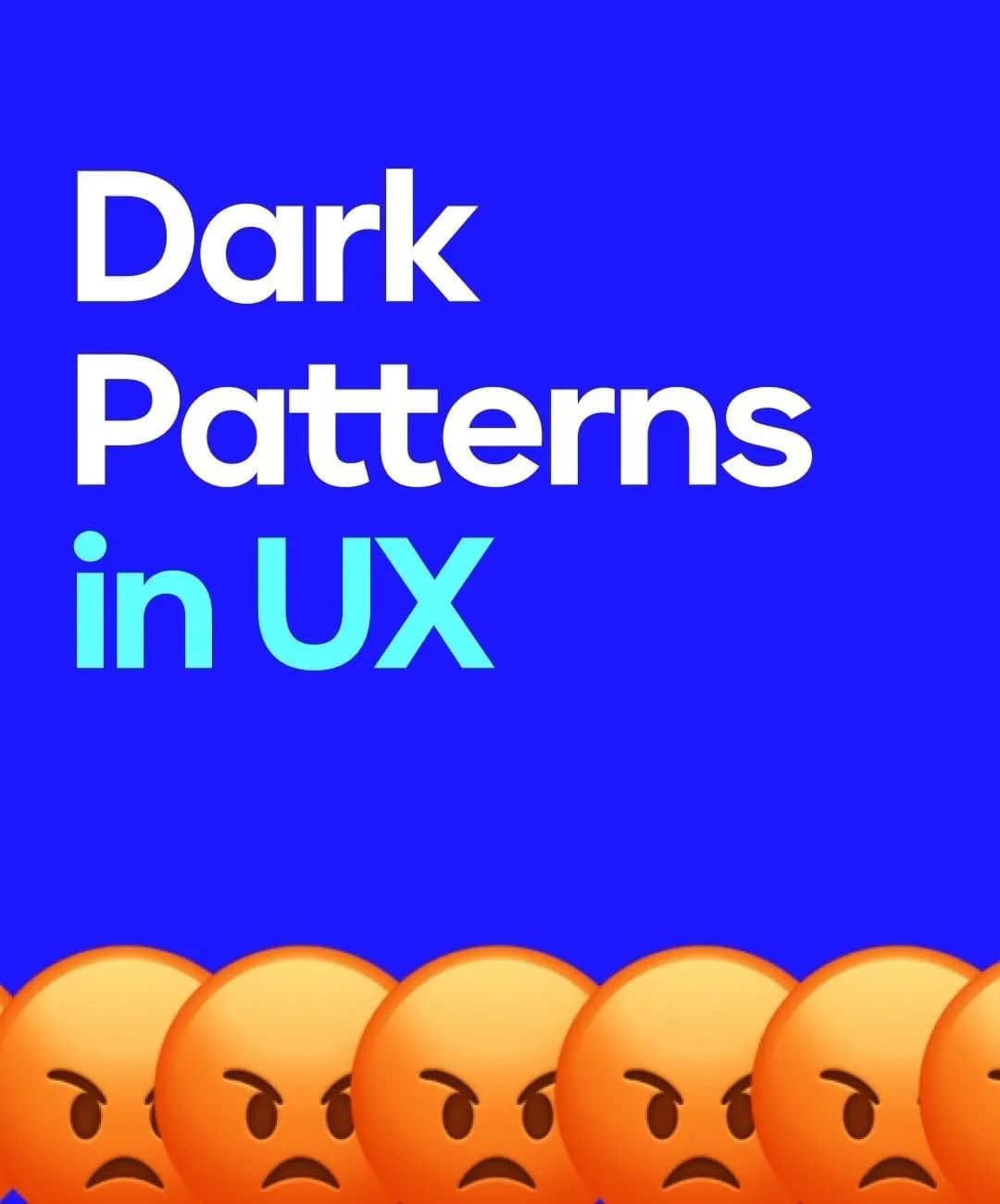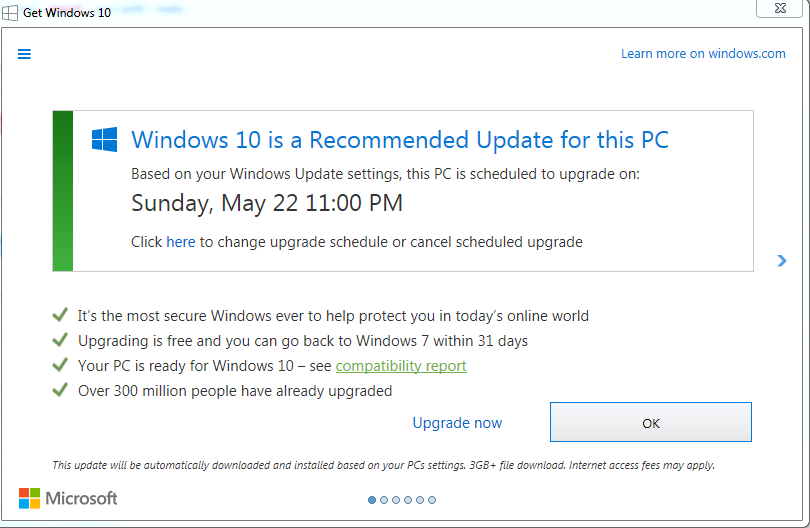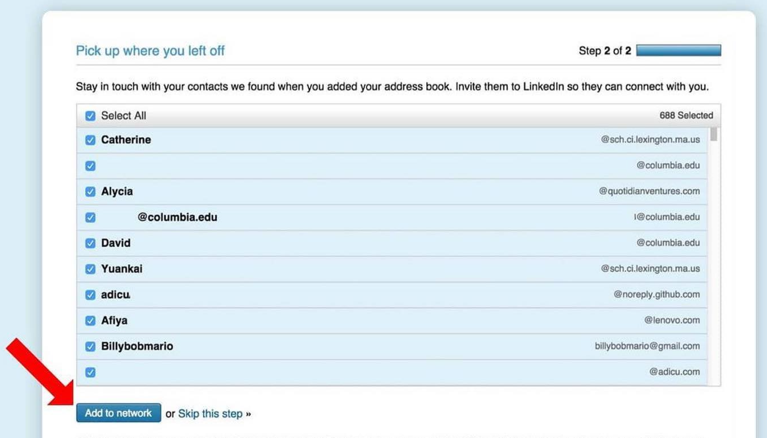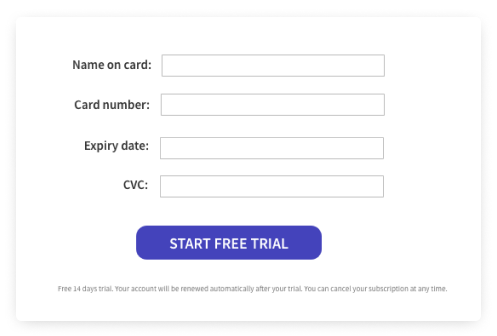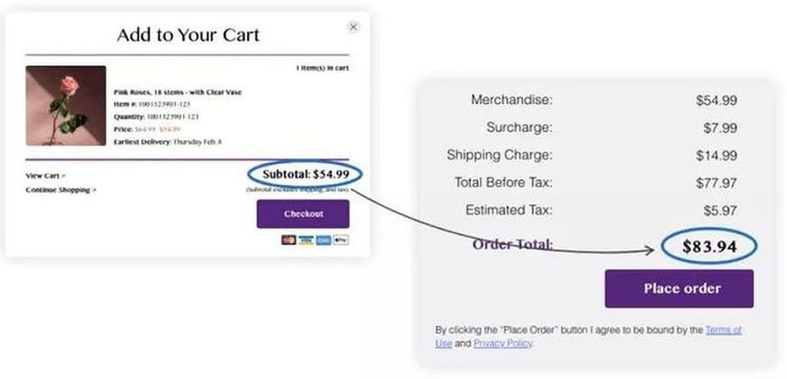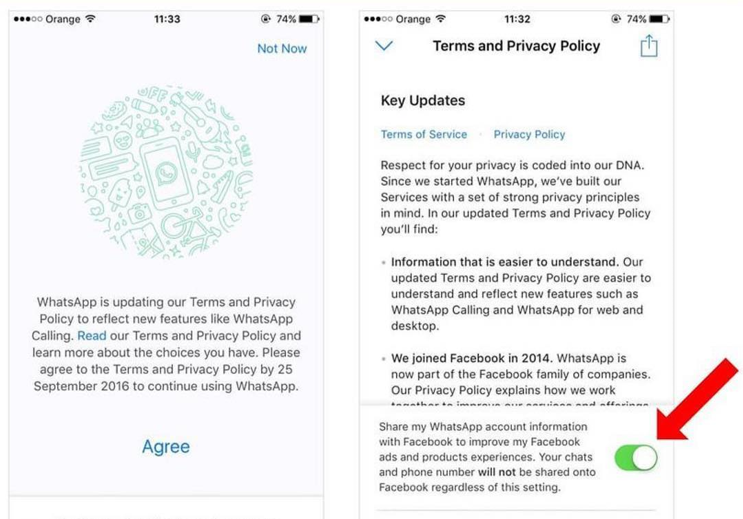This article will not keep you in the dark regarding dark patterns, a notorious marketing ploy even the likes of Amazon and Facebook shamelessly use.
In Hacker News, one user complained about unsubscribing from Udacity, an American company offering online courses.
Canceling a subscription should ideally be as breezy as signing up, but that’s not the case with Udacity (as well as with several other companies; more on them later).
Clicking the “Cancel” button, according to the user, will prompt a conversation with a Udacity customer support agent.
That agent’s purpose, however, was not to help you with the cancellation process; rather, to persuade you to change your mind about canceling.
The Hacker News user argued that Udacity should make canceling easy and that customers should “not be coerced into chatting with an ‘agent.’”
This “sh*tty pattern” – the user’s own description, based from his/her experience – is only one of the many examples of dark patterns.
Though more common in e-commerce websites, social media companiesalso employ dark patterns; so, netizens, beware!

How websites use "dark patterns" to manipulate users
Dark Patterns Definition
“What a pain” was how a San Francisco-based software engineer described his/her experience, shared via Hacker News, when it comes to auto-renewal “with zero notification.”
Yes, that one, too, is another example of dark patterns, and auto-renewal happens a lot on various websites.
“Dark patterns are tricks used in websites and apps that make you do things that you didn't mean to, like buying or signing up for something,” according to DarkPatterns.org.
User experience(UX) specialist Harry Brignull from London coined “dark patterns” in 2010 to refer to “deceptive digital practices.”
Brignull created DarkPatterns.org to inform the public about them and “to shame companies that use them.”
A general term for “dark pattern” is “dark design.”
Capslock Magazine defines “dark design” as “the practice of creating user flows that are intentionally designed to trick or deceive the user.”
When we say “user flow,” it refers to the direction or path a user takes when navigating a website or an app to accomplish a task. One example of a task is to purchase something when using an online store.
No wonder companies resort to dark patterns: using them can lead to sales.
Types Of Dark Patterns
Harry Brignull enumerated 12 types of dark pattern, namely:
(1) Bait-and-Switch
User will do a task that ends in something different from how the user has understood/perceived it.
For example, in 2016, clicking “x” (see picture below) should mean “to close.” However, Microsoft made it mean “yes” to the upgrade (meaning, the user agreed to have the upgrade).
(2) Confirmshaming(other terms: negative opt‑out; guilt tripping; “manipulinks,” by Missouri-based UX creator Steve Costello)
When the user is presented with two options such as whether to buy/subscribe or not, confirming the latter will make the user feel ashamed of his/her decision to refuse the offer. It’s all in the wording.
(3) Disguised Ads[another term: hidden ads]
The ads are designed in such a way that users may likely mistake it as part of an article or contentto make them click on it.
(4) Friend Spam
When users give their email address and/or social mediaaccount(s), the company uses them to contact their friends without their knowledge and permission. Dark patterns targeting to spam your private contacts.
(5) Forced Continuity
Auto-renewal or subscription renewal without client/customer approval. In the example below, you can’t barely notice the sentence informing about an auto renewal.
(6) Hidden Costs
This is one of the more often used dark patterns.
Users are not informed about other pertinent fees/charges (e.g., tax) during the selection/decision-making phase.
(7) Misdirection
The website is designed to make users not instantly notice important details/information and/or to let you focus more on one thing only.
Example:
When users ask something but before they could get to the answer, they’ll see something (e.g., an invitation to subscribe) that they may probably click (thinking that by doing so, they’ll arrive at the answer).
That’s how dark patterns mislead people.
(8) Price Comparison Prevention
It’s difficult to compare prices to make a good purchase decision.
(9) Privacy Zuckering(other term: privacy deception)
Named after Mark Zuckerberg by California-based technologist Tim Jones, this is where users give more of their personal information (when they’re not supposed to).
This is a subtle privacy hacking of sorts accomplished through dark patterns.
(11) Sneak into Basket(other terms: basket sneaking; inertia selling; negative option billing; sneak into the cart)
When users purchase only one thing but the company pre-selects an additional product on your behalf. In the example below, the customer's only order was a pair of shoes.
(12) Trick Questions
Questions are worded in a way that could make a user arrive at an action/decision that is more favorable to the company.
The paper, “Shining a Light on Dark Patterns,” published by Oxford University Press in 2021, categorized dark patterns as follows (not a complete list):
(1) Forced Action(e.g., friend spam, privacy Zuckering)
(2) Interface Interference(e.g., confirmshaming, disguised ads, trick questions)
(3) Obstruction(e.g., price comparison prevention, roach motel)
(4) Sneaking(e.g., bait-and-switch, forced continuity, hidden costs, sneak into basket)
Are Dark Patterns Illegal?
The laws vary per country; so, while some dark patterns are considered illegal, others are not found to be unlawful – yet.
According to Capslock Magazine, the General Data Protection Regulation (GDPR), a data protection law by the European Union (EU), is targeting these dark patterns.
The consumer rights under EU laws declare practices similar to “sneak into basket” as illegal, according to Econsultancy.
If companies make unsubscribing or canceling a subscription difficult, that’s illegal, according to Attorney Robert S. Freund, a Los Angeles-based businesslitigator.
That’s based on the Restore Online Shoppers' Confidence Act (ROSCA), a consumer protection act implemented by the U.S. Federal Trade Commission (FTC). Penalty can amount to as high as $10,000 per violation committed against one customer/consumer.
In an updated press release dated October 28, 2021, and posted on its website, FTC stated that companies using dark patterns “will face legal action” under the following situations:
(a) “if their sign-up process fails to provide clear, up-front information”
(b) if they will not “obtain consumers’ informed consent”
(c) if they will not “make cancellation easy”
According to California’s justice department, the California Consumer Privacy Act (CCPA) enforces a ban on dark patterns, particularly those in relation to data privacy.
Who Uses Dark Patterns?
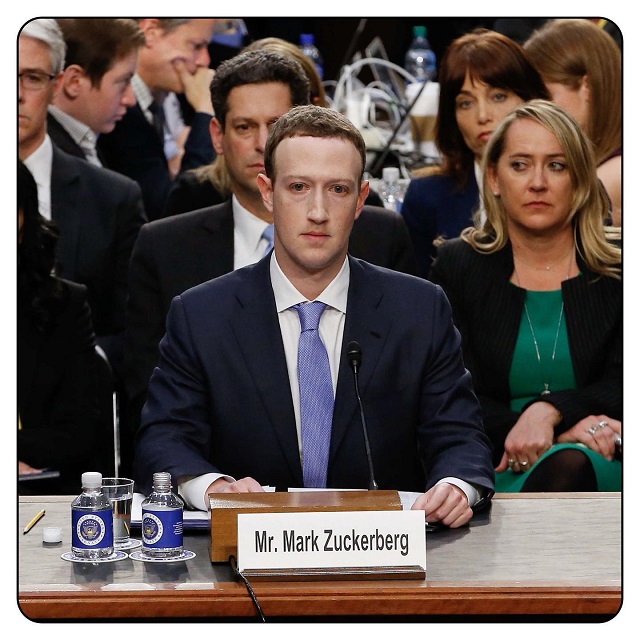
Many complain about the circuitous cancellation procedure of Amazon and its Amazon Prime Video.
From local to international companies including multibillion-dollar firms, plenty are guilty of using dark patterns, and Amazon is just one of them.
LinkedIn paid $13 million in penalty (it used “friend spam”), reported Fortune in 2015.
Online dating sites Christian Mingle and JDate violated regulations concerning automatic renewal. The State of California imposed a $1.5 million fine on their owner, Spark Networks, in 2018.
Other users of dark patterns include:
(1) Architectural Digest (publisher: Condé Nast)
(2) Apple
(3) British Airways
(4) Booking.com
(5) Disney
(6) Facebook
(7) Google
(8) Hertz (American car rental company)
(9) Microsoft
(10) Rolling Stone
Those users of dark patterns make up a long list, and this article only mentioned the more popular brands/companies.
Conclusion
To whose interest do dark patterns serve? No one else but the companies that use them.
Perhaps it all boils down to money: deception and trickery all in the name of profit.
The good news is that there are still companies who haven’t yielded to the dark ways of dark patterns.
At Hacker News, users mentioned Code&Quill (Texas-based notebook seller), ESPN, and FuboTV as those that make the cancellation process easy.
Companies should revisit the values they have chosen to uphold during the time they first established themselves.
As Brand and web designer Brandon Wilson, owner of an advertising & marketing agency in New York, posted on Instagram:
“Dear companies who use these [pop ups and dark patterns], be the good you want to see in this world.”
